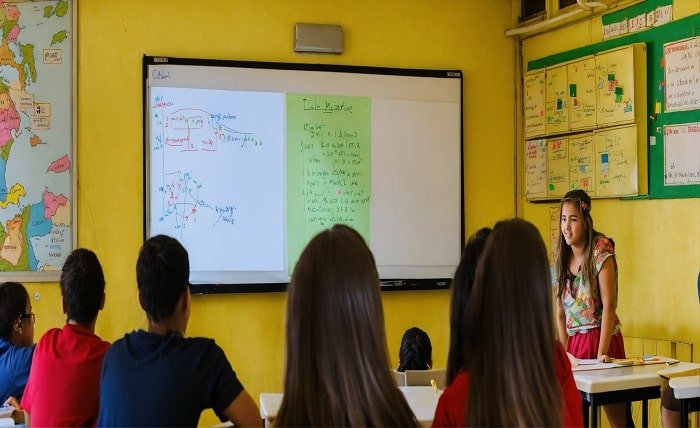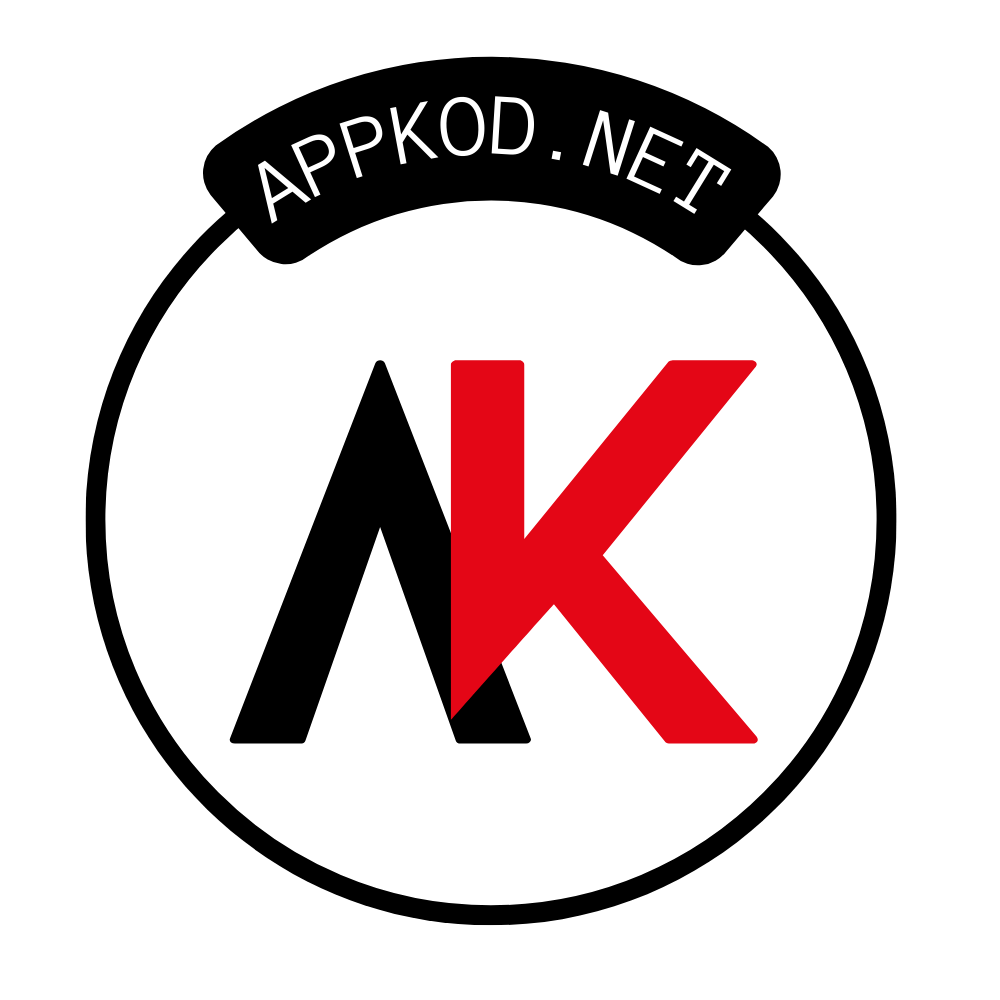Class PHP: A Comprehensive Guide for Beginners and Experts

Introduction
The concept of Class PHP is a fundamental aspect of object-oriented programming (OOP) in PHP. PHP, being one of the most popular server-side scripting languages, utilizes classes to create reusable, modular, and efficient code. Understanding Class PHP is crucial for developers who want to build scalable and maintainable applications. In this article, we will delve deep into the world of Class PHP, exploring its basics, advanced features, and practical implementations.
The Basics of Class PHP
Class PHP serves as a blueprint for creating objects. An object in PHP is an instance of a class, which can contain properties (variables) and methods (functions). To define a Class PHP, you use the class keyword followed by the class name and a pair of curly braces. Inside these braces, you can define properties and methods that belong to the class.
class Car {
public $color;
public $model;
public function __construct($color, $model) {
$this->color = $color;
$this->model = $model;
}
public function getCarDetails() {
return "This car is a " . $this->color . " " . $this->model . ".";
}
}
In the example above, we have defined a simple Class PHP named Car with two properties, $color and $model, and a method getCarDetails().
Properties and Methods in Class PHP
Properties and methods are essential components of Class PHP. Properties are variables that hold data associated with an object, while methods are functions that perform actions on the object’s data. In Class PHP, properties can have different access modifiers: public, private, and protected.
Public Properties and Methods
Public properties and methods in Class PHP are accessible from outside the class. In the Car class example, both $color and $model are public properties, and getCarDetails() is a public method.
Private Properties and Methods
Private properties and methods in Class PHP can only be accessed within the class itself. They are not accessible from outside the class or by any derived classes. To define a private property or method, use the private keyword.
class Car {
private $color;
private $model;
public function __construct($color, $model) {
$this->color = $color;
$this->model = $model;
}
private function getCarDetails() {
return "This car is a " . $this->color . " " . $this->model . ".";
}
}
Protected Properties and Methods
Protected properties and methods in Class PHP are similar to private ones, but they can be accessed by derived classes. To define a protected property or method, use the protected keyword.
class Car {
protected $color;
protected $model;
public function __construct($color, $model) {
$this->color = $color;
$this->model = $model;
}
protected function getCarDetails() {
return "This car is a " . $this->color . " " . $this->model . ".";
}
}
Constructors and Destructors in Class PHP
Constructors and destructors are special methods in Class PHP. The constructor method is automatically called when an object of the class is created, and the destructor method is called when the object is destroyed.
Constructor Method
The constructor method in Class PHP is defined using the __construct() method. It initializes the object’s properties and can take parameters to set initial values.
class Car {
public $color;
public $model;
public function __construct($color, $model) {
$this->color = $color;
$this->model = $model;
}
}
Destructor Method
The destructor method in Class PHP is defined using the __destruct() method. It is called when the object is no longer in use and is being destroyed.
class Car {
public $color;
public $model;
public function __construct($color, $model) {
$this->color = $color;
$this->model = $model;
}
public function __destruct() {
echo "The car object is being destroyed.";
}
}
Inheritance in Class PHP
Inheritance is a powerful feature of Class PHP that allows a class to inherit properties and methods from another class. The class that is being inherited from is called the parent class, and the class that inherits is called the child class.
class Car {
public $color;
public $model;
public function __construct($color, $model) {
$this->color = $color;
$this->model = $model;
}
public function getCarDetails() {
return "This car is a " . $this->color . " " . $this->model . ".";
}
}
class ElectricCar extends Car {
public $batteryCapacity;
public function __construct($color, $model, $batteryCapacity) {
parent::__construct($color, $model);
$this->batteryCapacity = $batteryCapacity;
}
public function getCarDetails() {
return parent::getCarDetails() . " It has a battery capacity of " . $this->batteryCapacity . " kWh.";
}
}
In this example, the ElectricCar class inherits from the Car class and adds an additional property, $batteryCapacity, and overrides the getCarDetails() method.
Interfaces in Class PHP
Interfaces in Class PHP define a contract for what methods a class must implement without providing the implementation. They are defined using the interface keyword.
interface Vehicle {
public function startEngine();
public function stopEngine();
}
class Car implements Vehicle {
public function startEngine() {
return "Engine started.";
}
public function stopEngine() {
return "Engine stopped.";
}
}
In this example, the Vehicle interface defines two methods, startEngine() and stopEngine(), which the Car class implements.
Traits in Class PHP
Traits in Class PHP allow you to reuse code across multiple classes. They are similar to multiple inheritance in other languages. Traits are defined using the trait keyword.
trait GPS {
public function getCoordinates() {
return "Coordinates: 40.7128° N, 74.0060° W.";
}
}
class Car {
use GPS;
}
class Boat {
use GPS;
}
In this example, both the Car and Boat classes use the GPS trait to share the getCoordinates() method.
Namespaces in Class PHP
Namespaces in Class PHP help organize code by grouping related classes, interfaces, traits, and functions. They are defined using the namespace keyword.
namespace Vehicles;
class Car {
public $color;
public $model;
public function __construct($color, $model) {
$this->color = $color;
$this->model = $model;
}
public function getCarDetails() {
return "This car is a " . $this->color . " " . $this->model . ".";
}
}
Namespaces help avoid name collisions and make the code more modular and easier to manage.
Abstract Classes in Class PHP
Abstract classes in Class PHP cannot be instantiated and are meant to be extended by other classes. They can contain abstract methods, which are methods without a body that must be implemented by derived classes.
abstract class Vehicle {
abstract public function startEngine();
}
class Car extends Vehicle {
public function startEngine() {
return "Engine started.";
}
}
In this example, the Vehicle class is an abstract class with an abstract method startEngine(), which the Car class implements.
Polymorphism in Class PHP
Polymorphism in Class PHP allows objects of different classes to be treated as objects of a common parent class. It is achieved through method overriding and interfaces.
interface Vehicle {
public function startEngine();
}
class Car implements Vehicle {
public function startEngine() {
return "Car engine started.";
}
}
class Boat implements Vehicle {
public function startEngine() {
return "Boat engine started.";
}
}
function startVehicleEngine(Vehicle $vehicle) {
return $vehicle->startEngine();
}
$car = new Car();
$boat = new Boat();
echo startVehicleEngine($car);
echo startVehicleEngine($boat);
In this example, the startVehicleEngine() function can accept any object that implements the Vehicle interface, demonstrating polymorphism.
Conclusion
Class PHP is a powerful feature of PHP that enables developers to write modular, reusable, and maintainable code. By understanding the basics of Class PHP, including properties, methods, constructors, destructors, inheritance, interfaces, traits, namespaces, abstract classes, and polymorphism, developers can create robust and efficient applications. Whether you are a beginner or an experienced developer, mastering Class PHP will significantly enhance your PHP programming skills.
FAQs
1. What is a Class PHP?
A Class PHP is a blueprint for creating objects in PHP, allowing for the organization and reuse of code.
2. How do you define a Class PHP?
A Class PHP is defined using the class keyword, followed by the class name and a pair of curly braces containing properties and methods.
3. What are constructors and destructors in Class PHP?
Constructors are special methods that initialize an object’s properties when it’s created, while destructors are called when an object is destroyed.
4. What is the difference between private and protected properties in Class PHP?
Private properties can only be accessed within the class itself, while protected properties can also be accessed by derived classes.
5. How does inheritance work in Class PHP?
Inheritance in Class PHP allows a class to inherit properties and methods from another class, facilitating code reuse and modularity.





